
Serene sailing on Whiskeytown Lake, Whiskeytown National Recreation Area / Rebecca Latson
How much do you really know about units of the National Park System? Indeed, there are so many facts and interesting tidbits. You might, however, know more than you realize. Just check out this latest quiz piece. Maybe you’ll even learn a few new things.
1. If you live in the town of Redding, California (or have visited there for awhile), you may have several gallons of Whiskeytown Lake, from Whiskeytown National Recreation Area, inside of you. How so? Whiskeytown Lake has ___ separate sources of water.
a) 2
b) 3
c) 4
d) 5
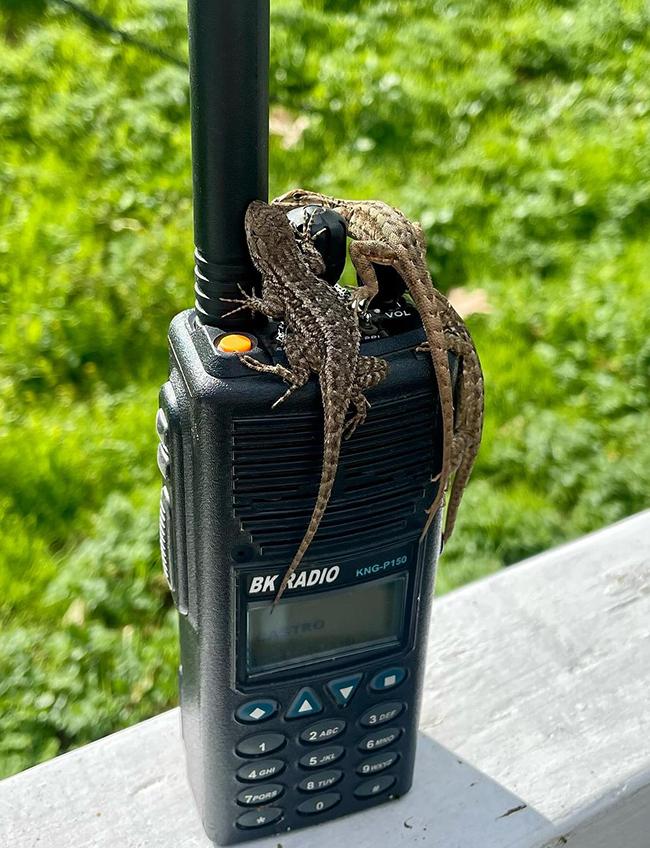
Walkie talkie chatting, Western fence lizards, Santa Monica Mountains National Recreation Area / NPS-Tim Webb
2. While wandering Santa Monica Mountains National Recreation Area in California, you might encounter a cute little Western fence lizard like the one pictured above. True or false: there’s a protein in their blood that can counteract rattlesnake toxin.
a) True
b) False

I spy with my little eye: a deer among the cacti, Organ Pipe Cactus National Monument / National Park Service
3. Organ Pipe Cactus National Monument in Arizona is home to ___ species of deer.
a) 2
b) 3
c) 4
d) 5
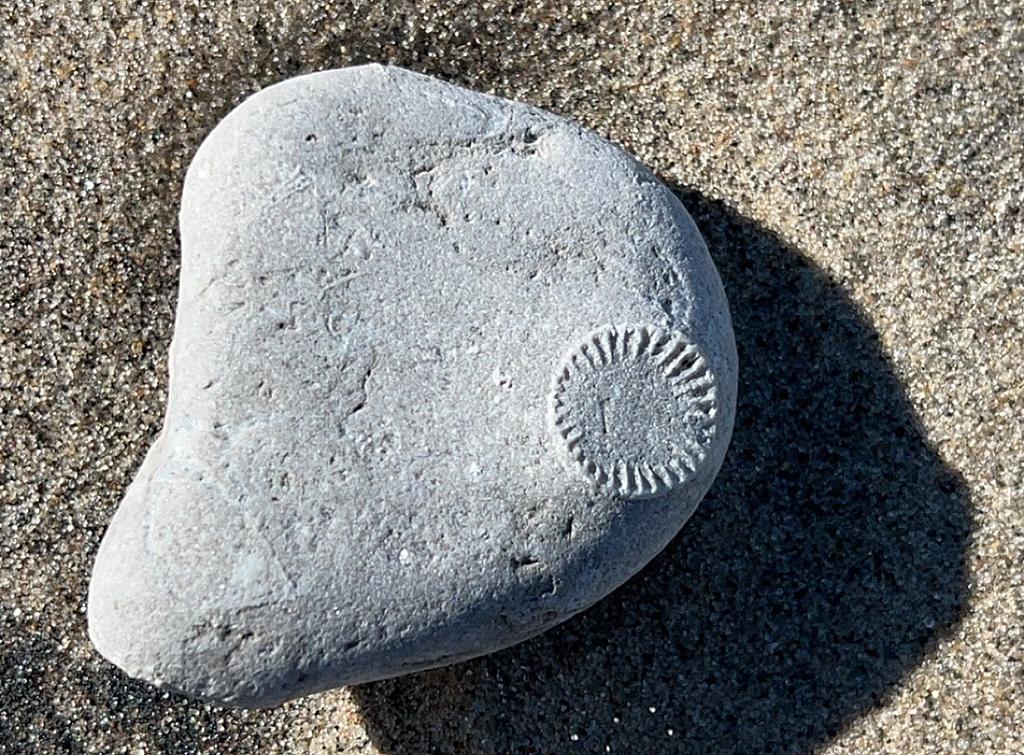
Horned coral fossil, Sleeping Bear Dunes National Lakeshore / NPS - T. Withers
4. True or False: corals once used to be solitary creatures, wanting their own space and doing their own thing.
a) True
b) False

Red burrowing crayfish, Great Smoky Mountains National Park / Kenzie Connor via NPS
5. Found in Great Smoky Mountains National Park (North Carolina / Tennessee), the red burrowing crayfish lives its entire life beneath a small tower of mud called a ___.
a) Battlement
b) Castle
c) Mudtube
d) Smokestack

Brick color choices for the lighthouse, Cape Hatteras National Seashore / National Park Service
6. ___ million bricks were ordered to build the Cape Hatteras Lighthouse in what is now Cape Hatteras National Seashore in North Carolina.
a) 1.25
b) 2.33
c) 3.86
d) 4.11
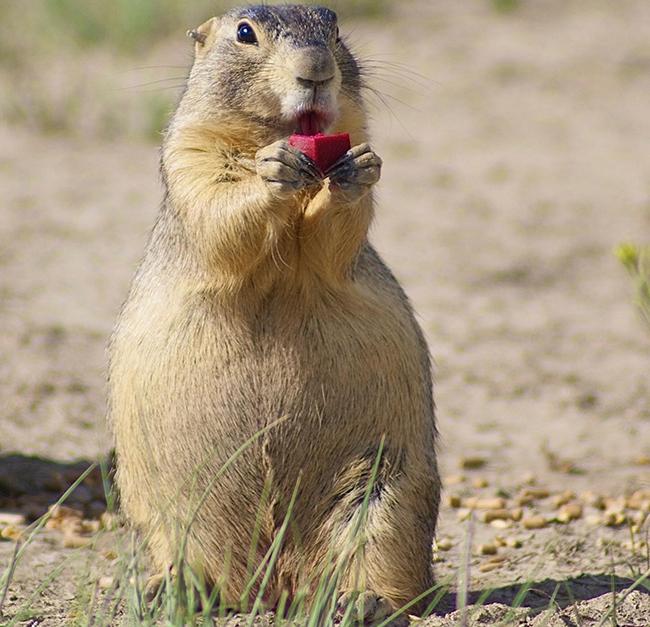
Medicine disguised as a treat for a Gunnison prairie dog, Curecanti National Recreation Area / USGS
7. Visit Curecanti National Recreation Area in Colorado, and you might spot an adorable prairie dog or two. According to the National Park Service, prairie dog colonies “have been decimated by the sylvatic plague (90% or greater mortality rates), resulting in local extinctions and population reductions.” So, with help from the USGS, field trials of an oral vaccine are being distributed to prairie dogs. This vaccine bait has the yummy flavor of ___.
a) strawberries
b) peanut butter
c) beets
d) raspberries
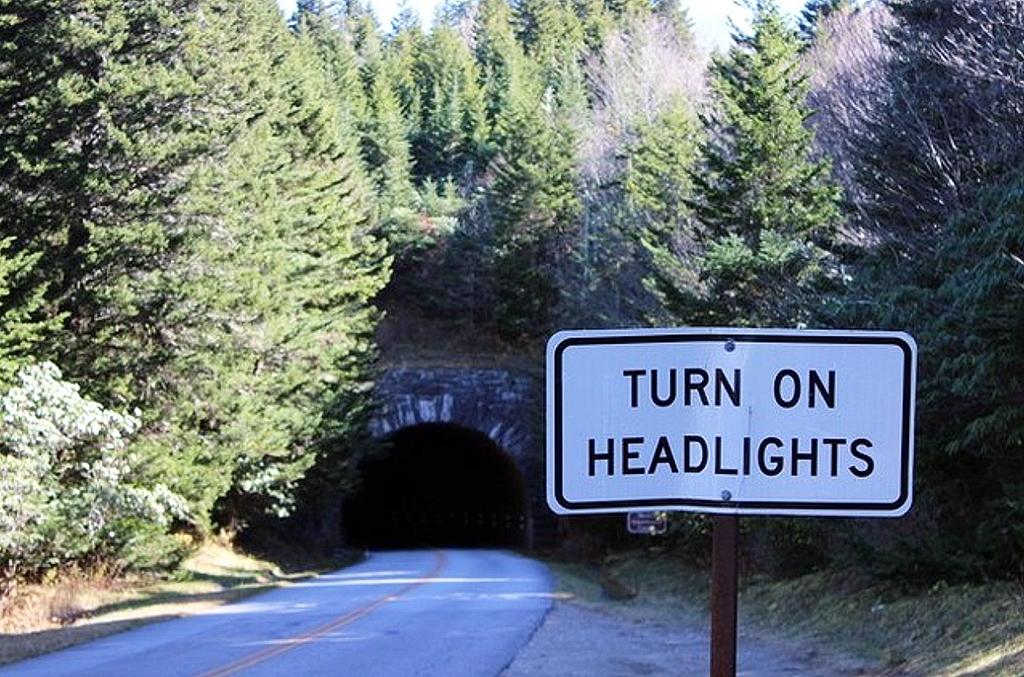
Tunnel safety: turn on your headlights, Blue Ridge Parkway / National Park Service
8. There are 26 tunnels along the Blue Ridge Parkway (North Carolina / Virginia), which make up ___ percent of all road tunnels in national parks across the United States.
a) 36
b) 42
c) 51
d) 65
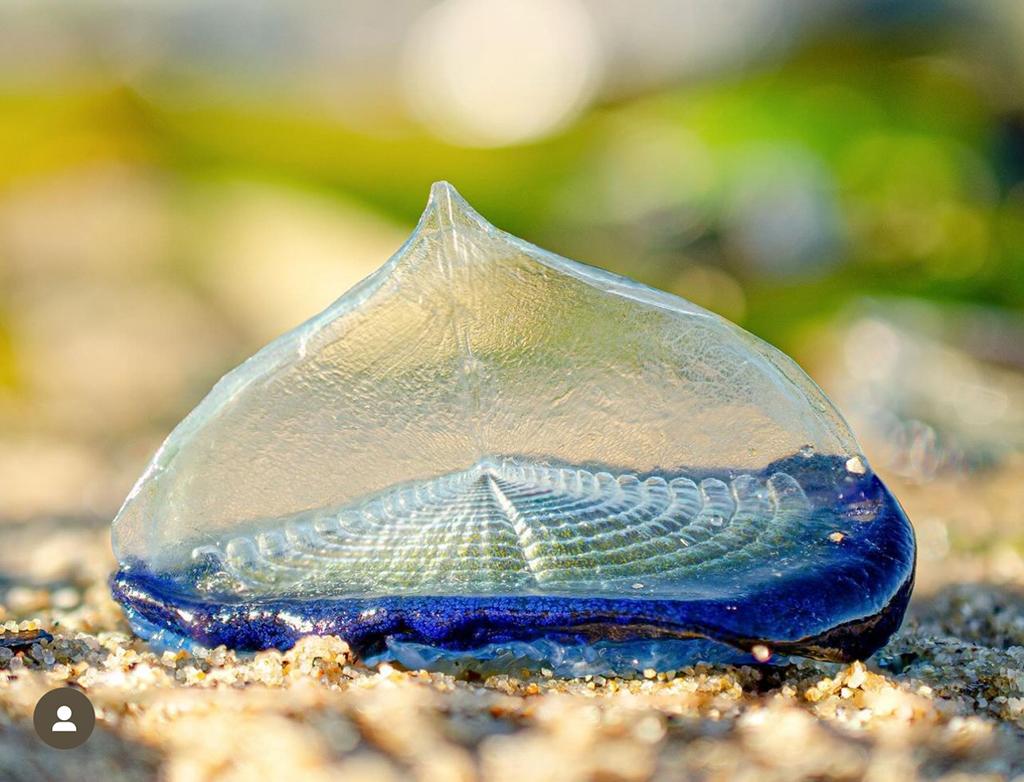
By-The-Wind Sailor close-up, Point Reyes National Seashore / PRNSA - Avani Fachon
9. According to the National Park Service, “during spring and early summer months, seaside visitors to Point Reyes [National Seashore in California] may come across thousands of by-the-wind sailors (Velella velella) stranded on the beach. These blue jellyfish-like creatures use their translucent, triangular sails to free-float around the ocean … Each of these creatures’ sails are positioned on their bodies in either a left or right orientation with respect to their keel.” True or False: Most by-the-wind sailors in California are lefties.
a) True
b) False
10. How many of you love lighthouses? DYK many units of the National Park System have more than one lighthouse. As a matter of fact, the park unit with the most lighthouses is ___.
a) Cape Hatteras National Seashore
b) Apostle Islands National Lakeshore
c) Padre Island National Seashore
d) Indiana Dunes National Park
Trivia

Earthstar mushroom, Redwood National and State Parks / National Park Service
While exploring the trails of Redwood National and State Parks in northern California, you might come across this odd, eyeball-looking fungus. It’s called an “earthstar mushroom” and, according to the National Park Service, “belongs to a group called Gasteromycetes, or ‘stomach fungi.’ Their fruiting bodies are a stomach-shaped sac filled with dry spores … The earthstar begins as a pod, or bud, and bursts open (‘blooms’) as it ages. As it opens, it forms a starlike pattern, hence, its name … [One] aspect that contributes to the opening is water. The ‘petals’ close in on themselves as they begin to dry out, but opens like a flower when the fungus is hydrated again … revealing its spore-filled center.” Is it edible? While the earthstar not considered toxic, it is fibrous and bitter, so eating the earthstar is not recommended.

The underground pump room for restroom water, Carlsbad Caverns National Park / NPS-D. Miller
What you see in the image above is the underground Pump Room for restroom water at Carlsbad Caverns National Park in New Mexico. The restroom is 750 feet underground and handles the capacity to support nearly 500,000 annual visitors. According to the National Park Service, “The park’s water comes from a well located near Rattlesnake Springs, which is downhill from the Carlsbad Caverns Visitor Center in the basin. The water from the well is pumped uphill to the visitor center and from there, is pumped straight down into the cave. The freshly-pumped water is then available for the toilets, sinks, and water fountains located in the Underground Lunchroom. From there, the waste is pumped a few feet over into the Pump Room. Here, the macerators break up the solid waste and make it easier to pump. The waste is then pumped back up to the visitor center and back downhill into [the park’s] waste lagoons for purification and extraction. All said and done, the water travels seven miles in length.”

Friend or foe? Gopher snake, Guadalupe Mountains National Park / NPS - M. Haynie
How many of you wanted to join the popular kids’ group when you were younger? Did you dress like them? DYK non-venomous gopher snakes apparently want to join the popular venomous snakes’ group, since they will do as much as possible to convince you, the unsuspecting hiker at someplace like Guadalupe Mountains National Park in Texas, that they are not to be trifled with. Their blotchy brown and tan pattern may remind you of a rattlesnake. They also hiss and strike like a venomous snake. They even have the ability to pop out their jaws to the side, giving their heads a triangular appearance to make you think they have venom glands like a rattlesnake. It’s all just bluff, folks, but it’s a nice reminder to give gopher snakes a little respect and a little space.
Quiz Answers
1a
According to the National Park Service, “Whiskeytown Lake has two separate sources of water. The primary source comes from Clear Creek and its tributaries, while summertime sometimes bring water into the reservoir from a secondary source, the Clear Creek Tunnel.” So, what’s the difference, since both have the same name (more or less)? Clear Creek Tunnel is a manmade tunnel connecting Whiskeytown Lake with the Trinity River watershed at Lewiston Lake. “The city of Redding’s primary water treatment facility takes its water directly from Whiskeytown Lake via the Spring Creek Tunnel.”
2b False
The Western fence lizard has a protein in its blood that can kill the bacterim that causes Lyme disease, the most common tick-carried disease in the northern hemisphere. When disease-carrying ticks feed on the lizard’s blood, the disease-causing bacteria are killed.
3a
Organ Pipe Cactus National Monument is home to two species of deer: the mule deer and Coue’s white tail.
4a True
Ok, today, corals live in colonies, but that wasn’t always so. According to the National Park Service, a solitary type of rugose (“wrinkled” or “horn”) coral used to live at one time 140 million years ago, covering the ocean floor of the Michigan Basin during the Paleozoic era. You might even find a fossil of a coral while hiking the beaches of Sleeping Bear Dunes National Lakeshore in Michigan. If you do find a fossil, leave it there for others to enjoy.
5b
While you could probably call a crayfish’s home any of the four choices listed, according to the National Park Service, the red burrowing crayfish lives beneath a small tower called a castle.
6a
Built in 1870, 1.25 million bricks were ordered to build the Cape Hatteras Lighthouse. Currently, this lighthouse is undergoing restoration, including washing down the current masonry in order to match the colors to new bricks being sourced because the original bricks are not a standard size. Also, the masonry is being “repointed,” meaning “deteriorated mortar will be removed as to not damage existing surrounding masonry and historic fabric. Joints will be cleaned out, and mortar will be re-applied to the joint and finished to match surrounding mortar joints which will cure for seven days in wet burlap.”
7b
Don’t let that magenta color of the vaccine bait being eaten by the Gunnison prairie dog in the USGS photo fool you. The trial vaccine bait is peanut butter flavored. Yum!
8a
According to the National Park Service, “there are 26 tunnels along the Blue Ridge Parkway, which make up 36 percent of all road tunnels in national parks across the United States. They vary in length and height, so check to make sure your vehicle meets the requirements to pass through safely and if not, look for alternate routes. Keep in mind the tunnels are not lit, so turn on your low beam headlights to alert oncoming traffic of your presence. Be mindful that bicyclists can be expected to traverse these tunnels … Do not pass bicyclists while in the tunnels.”
9a True
“Due to prevailing winds in different parts of the world, lefties are usually spotted in the Northern Hemisphere [which includes California], while righties are more common in the Southern Hemisphere. If you ever see one of these pretty, blue sea organisms on the beach, take a close look at their little “sail” (but don’t touch).
10b
Of the 50 lighthouses cared for by the National Park Service, Apostle Islands National Lakeshore has the most. The number, however, is a little up for debate, depending upon which website you visit and/or which page on that website you view. For instance, the NPCA says there are nine lighthouses, I counted 10 lighthouses on a 2021-updated page of the NPS Apostle Islands National Lakeshore website, and several other websites indicate there are eight lighthouses. Regardless, this question asks which unit of the National Park System has the most lighthouses, and Apostle Islands National Lakeshore wins that honor.


